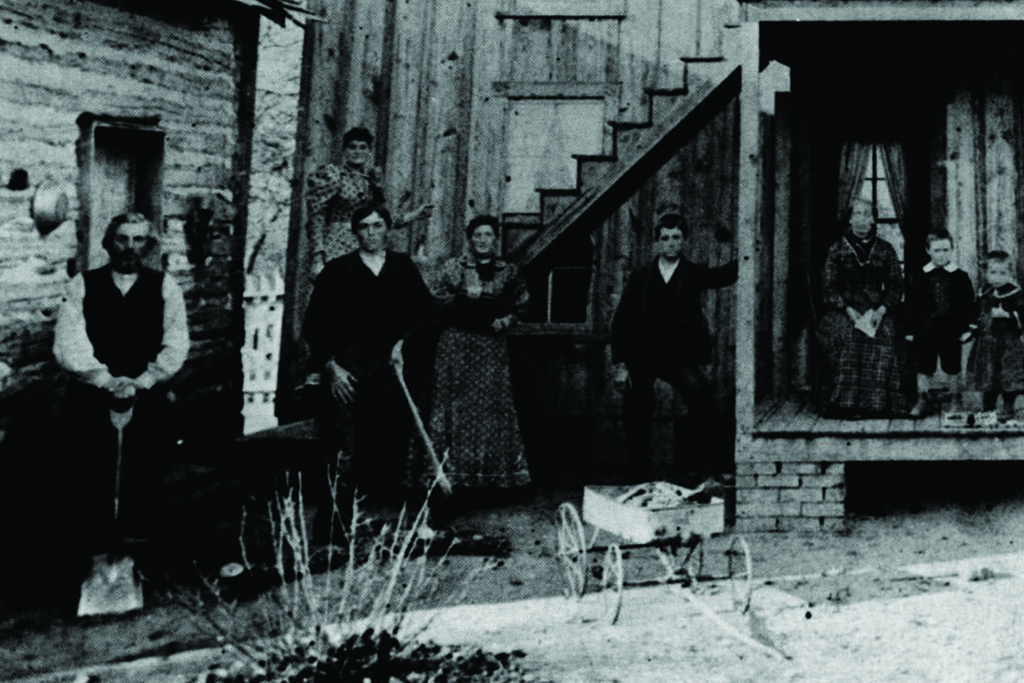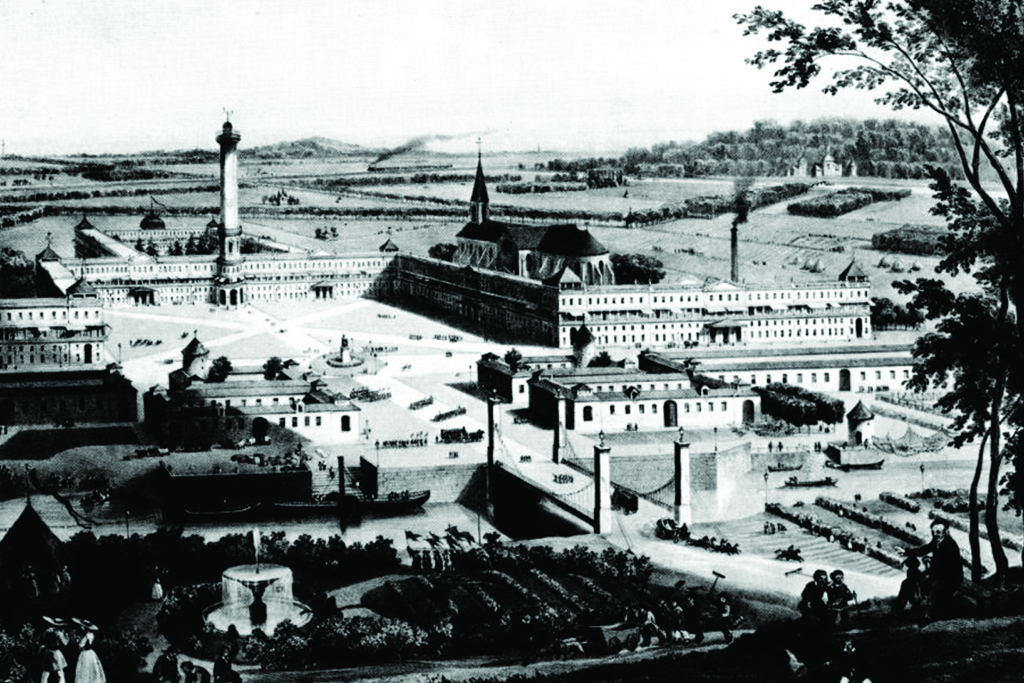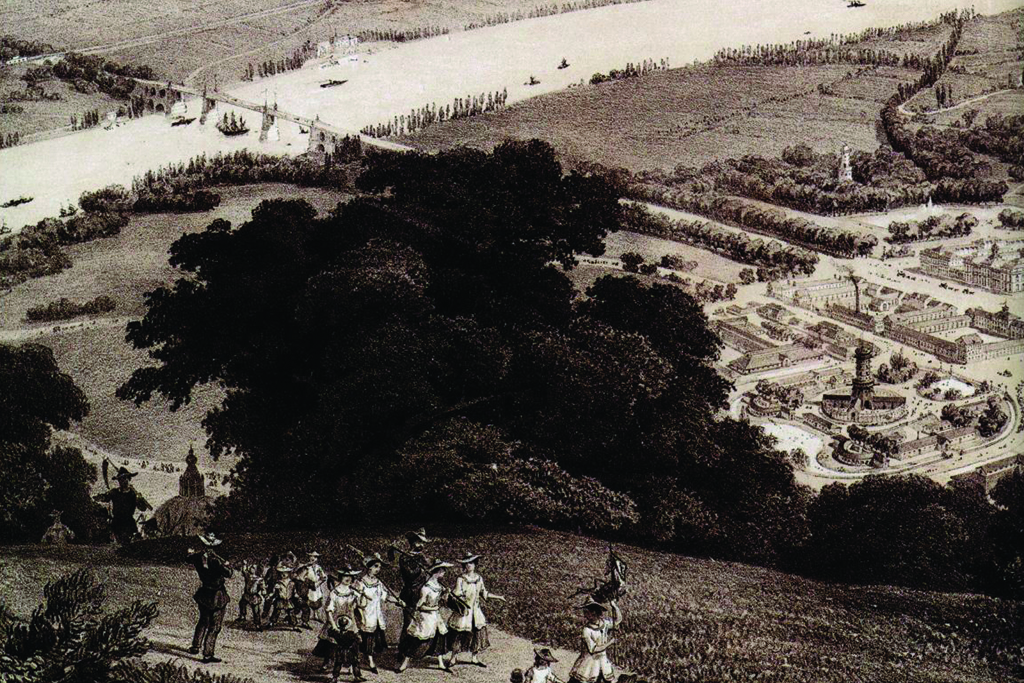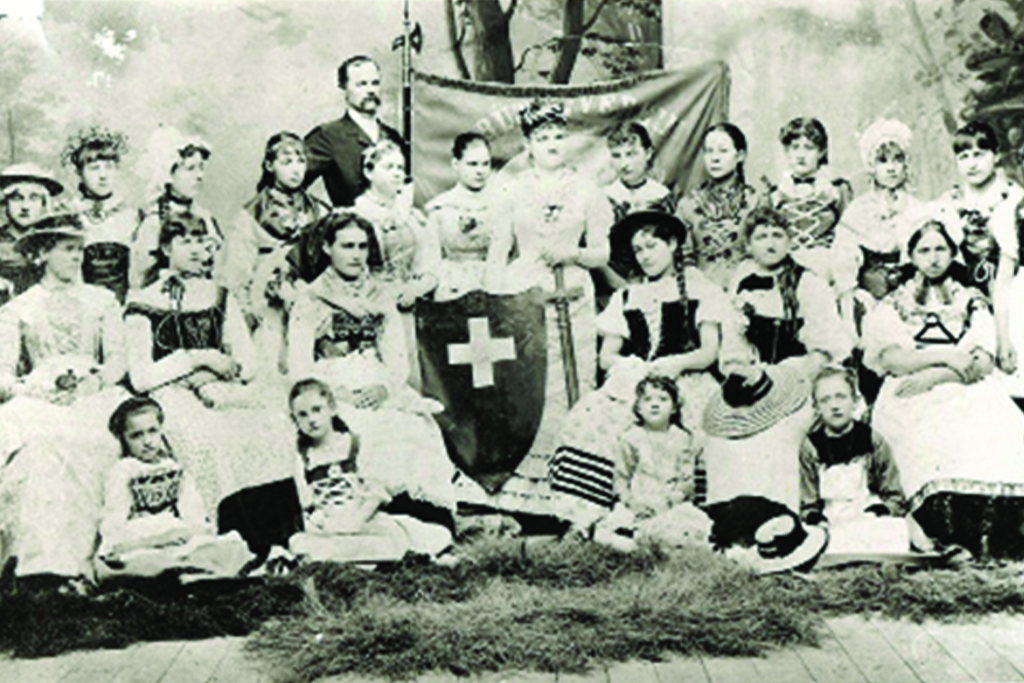The Rise and Fall of the La Reunion Dallas Utopia
Dreams of the perfect society have taken many forms over the course of human history. One of those dreams took the form of a small colony in present-day Oak Cliff.
The mid-19th century was a time of tremendous upheaval in Europe. In 1848, revolutions broke out as pushes for democratic reform clashed with entrenched aristocratic powers. A side effect of these wars and rebellions was the emergence of new ideas about how human society should work and function.
A French thinker named Charles Fourier envisioned a new, more equitable type of society, one in which communities worked together and held possessions in kind. His philosophy was more than just a theoretical thought experiment. Fourier’s ideas inspired a much-forgotten social movement that led to the establishment of a number of “utopian” settlements throughout North America. And one of the most prominent efforts was in Texas: the La Reunion utopia.

Arrival in Texas
Stories of Texas’ wide-open landscapes, untouched natural beauty, and free land inspired many European immigrants to cross the ocean to begin a new life in the New World.
While many Germans, Czechs, and others set up small farming communities that mimicked their old way of life, in 1855, a colony of French, Swiss, and Belgian settlers arrived at a large tract of land alongside the Trinity River, across from a fledgling town named Dallas. They were to embark upon a much more radical living experiment. Although the colony they founded, called La Reunion, only lasted around 18 months, its impact on Texas history far outlasted that.
A Common Purpose
The group of Europeans had formed around Victor Considérant, a prominent writer and follower of Fourier who was exiled to Belgium after France’s 1848 revolution. From Belgium, he recruited settlers and donors for a new Fourier community. In 1852 and 1853, Considérant visited Texas and was struck by its beauty, climate, and the possibility of amassing a large quantity of land for little or no cost. When he returned to Belgium, he wrote Au Texas, a book that laid out his vision for a Fourier-inspired colony in Texas. The book convinced many people to join the effort.

Looking for Land
At first, Considérant hoped to obtain a recently decommissioned army outpost called Fort Worth as the base of his colony, but when his agents arrived in Texas in early 1855 to secure the land, they found that a rough-and-tumble frontier town had already sprung up around the old army fort.
In fact, in the two years Considérant had dawdled between his visit and his attempt to acquire land, much of the promised free land grants had already been gobbled up. As settlement increased, land values rose, and Considérant had difficulty finding a tract large enough for the colony. Lands to the stable east were spoken for, while open lands to the west were still subject to Comanche and Apache raids.

Finding Eden
Considérant’s agents finally found a spot in the upper reaches of the Trinity River. The land seemed to possess everything that had attracted Considérant to Texas: fresh springs, woodlands and meadows, decent farmland, access to fish in the river, and a large bluff overlooking the flood plain that would serve as a secure site for a new town. The men began working on laying the groundwork for the new settlement and waited for the settlers from the Old World to cross the ocean and travel up from Galveston to join their effort.
Doomed from the Start
La Reunion faced challenges from the very outset. The first settlers arrived in May, which they soon discovered was too late in the growing season to establish a new crop. Considérant had recruited colonists — the wealthy and the intelligentsia — who could donate to the cause and who shared his vision, but in its early days, life in La Reunion required difficult manual labor. New buildings needed to be erected and fields plowed for the vines, fruit trees, and other European crops they hoped to plant in Texas soil. Still, the colonist managed to establish a foothold, and by the fall of 1855, colony leaders reported that their lands could support upward of 300 settlers.
The greater challenge was internal disagreements about leadership and the direction of the colony’s future. When Considérant joined the settlers in Texas, he was disappointed with the location and began quietly plotting to establish a new utopia west of San Antonio. This upset the men who had worked so hard to get La Reunion going. Then, in May 1856, a freak ice storm struck North Texas, devastating the colony’s crops. By summer, the French utopians began returning to France or moving to nearby Dallas to put down roots.

A Lasting Influence
While La Reunion didn’t survive, it has had a lasting impact on the growth and development of Dallas. The socialist experiment brought doctors, architects, botanists, and other well-educated individuals to the little trading outpost, and many of these men helped establish some of Dallas’ earliest institutions. They sat on school boards, designed some of the city’s first tall buildings, and pioneered the study of Texas plants and archaeology. One of the settlers, Benjamin Long, served as mayor for two terms.
Dallas was still a rough-and-tumble place in the 1850s, but La Reunion seemed to elevate the city’s aspirations for itself. It helped turn the frontier trading post into a town with its own dreams of grandeur, sophistication, and ambition.
Do more time traveling throughout Texas here.
© 2020 Texas Farm Bureau Insurance



